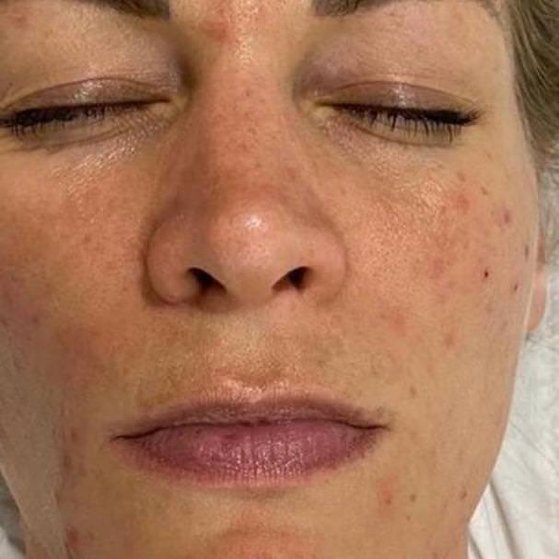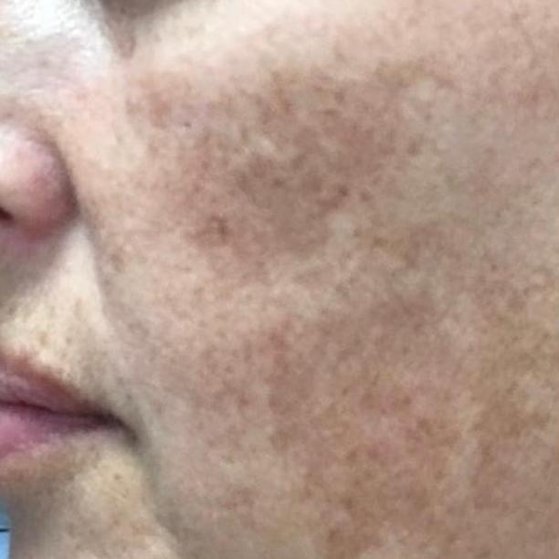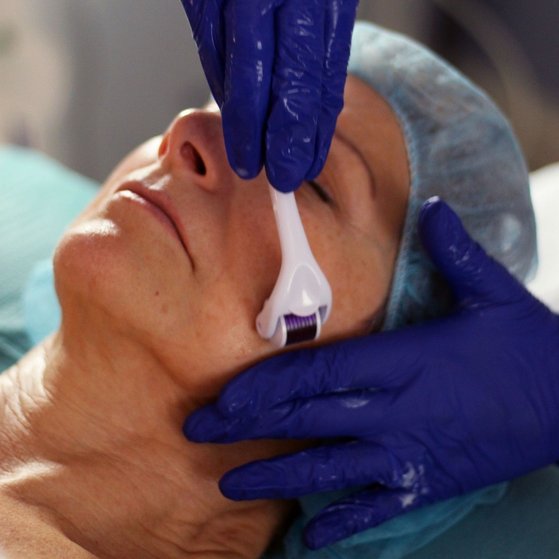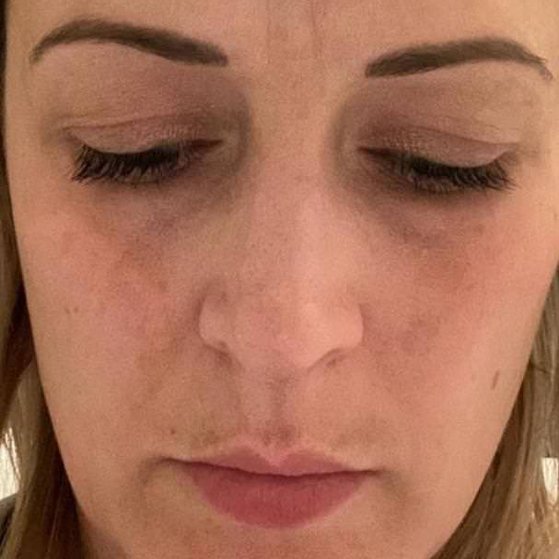Skin Conditions
Skin Conditions | Pigmentation
Abnormal skin pigmentation, also known as hyperpigmentation, occurs when there is an excess production of melanin, the pigment that gives our skin, hair and eyes their colour. There are many different types of pigmentation/hyperpigmentation, known by various names, including past-inflammatory, age spots, liver spots, brown spots, freckles, solar lentignes and melasna.
What causes Pigmentation?
The biggest cause of pigmentation is sun damage, but other factors can also play a part, including genetics, medication, the ageing process, illnesses (such as Addison’s Disease) and skin conditions, such as acne, which can all get worse with continued exposure to the sun. The reason for this is that the melanin in our skin absorbs the sun’s rays in order to protect it from overexposure. The more exposure you have to the sun, the more melanin your body makes, turning your skin darker.
Where can you get Pigmentation?
You can get pigmentation anywhere on your skin, but the most common areas are those that have prolonged exposure to the sun, such as the face, arms and décolletage.
Who can get Pigmentation?
Pigmentation can affect people of all skin types and ages. Pregnant women and women on the pill are more susceptible, however, because their skin becomes more photosensitive. This is known as Melasma or ‘pregnancy mask’ and is a result of hormonal changes in the body temporarily stimulating increased melanin production. As we age, we also become more at risk of getting pigmentation because of the accumulation of melanin in our skin and increased exposure to the sun.
Types of Pigmentation
GE Spots / Liver Spots / Sun Spots / Solar Lentignes
Age spots or ‘liver spots’ are a common form of pigmentation caused by sun damage. They are referred to by doctors as ‘solar lentignes’ and are usually found on the hands, chest or face as these are the areas most often exposed to the sun. They are called age spots as they are most common in older people and will most likely increase with age. Age spots can vary in colour from brown to grey and black, and are more common on people with fair skin who don’t have as much natural protection from the sun.
Melasma
Melasma, also known as ‘pregnancy mask’ is the formation of irregular, pigmented, ‘mask like’ patches on the skin. It is most commonly found on the cheeks, temples and forehead, but can also be found on other parts of the body. Pregnant women, or women on the pill are most likely to develop this condition. It is thought to be caused by increased levels of the hormones oestrogen and progesterone, which stimulate melanocytes (the cells which produce melanin), resulting in increased production of the protective pigment. Melasma is aggrevated by exposure to the sun.
Freckles
Millions of people around the world have freckles, which can appear anywhere on the face and body. Freckles are an inherited characteristic, rather than a result of skin damage. They are often regarded as a mark of beauty, however, people with freckles can be more susceptible to other forms of skin pigmentation when exposed to the sun. The prevalence of freckles also increases with sun exposure.
Post Inflammatory Pigmentation
You may see Post Inflammatory Pigmentation listed as a possible side effect with certain skin treatments. This is because it is caused when the skin has been damaged or undergone some form of trauma. It is commonly found in people who have had acne, but can also be caused by sunburn or surgery.





